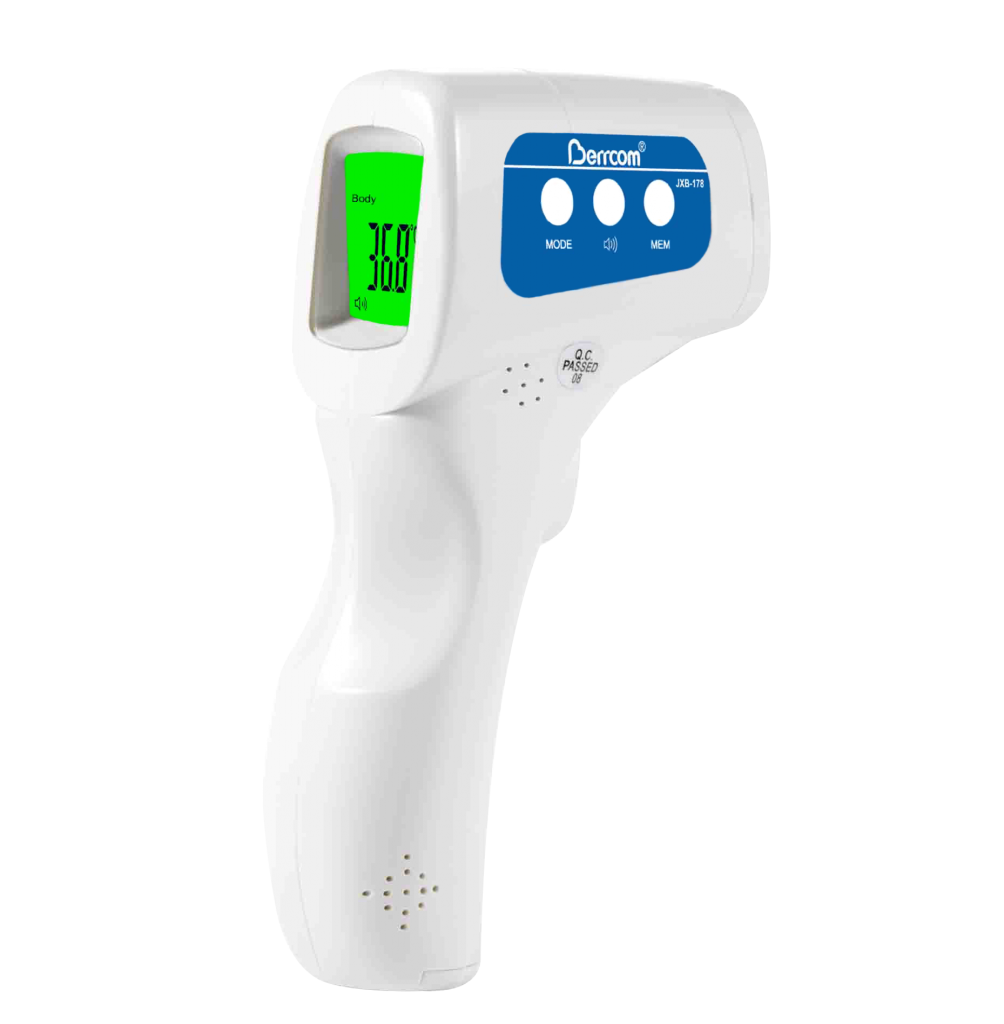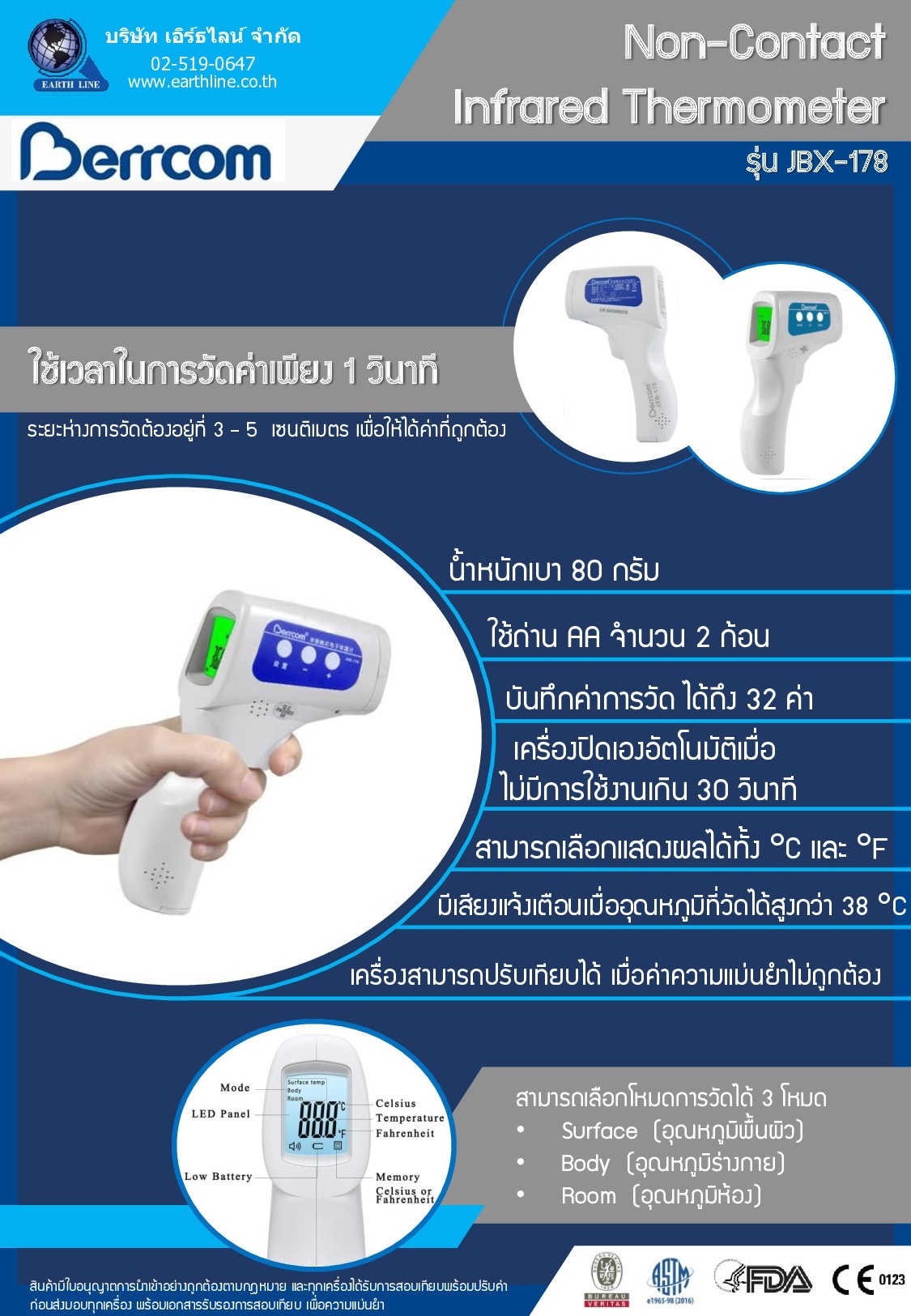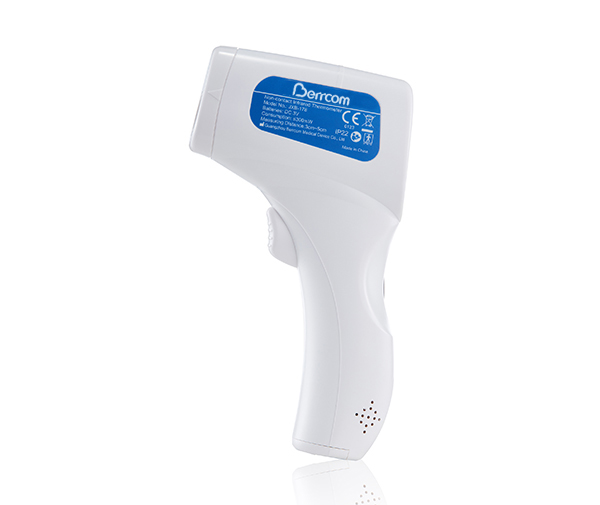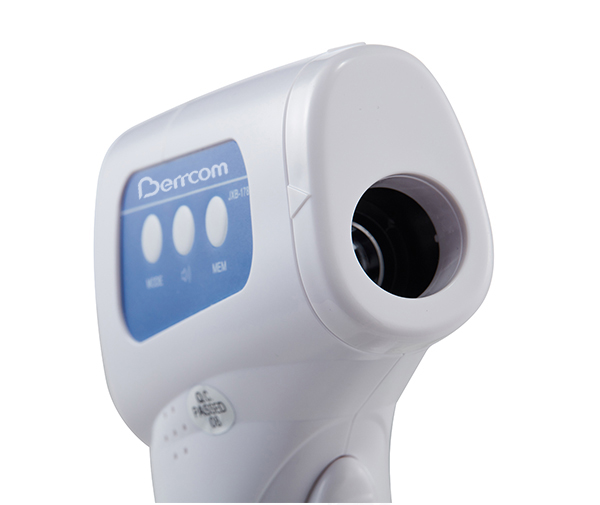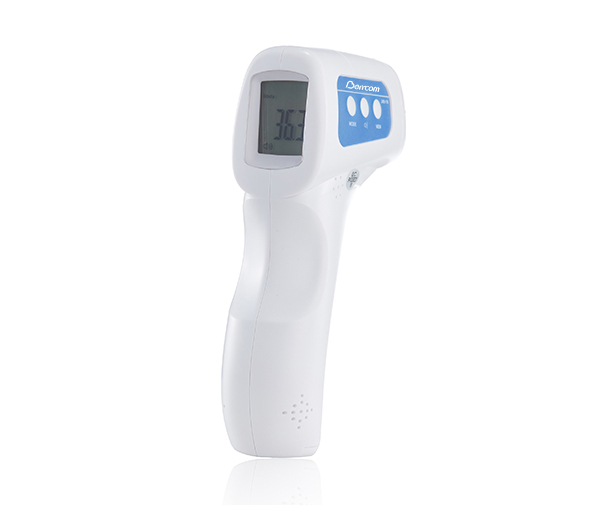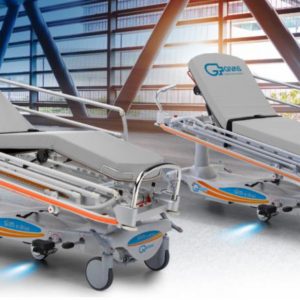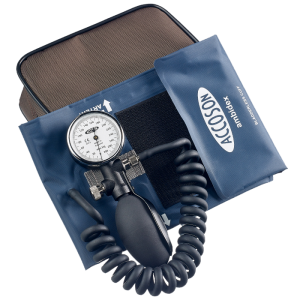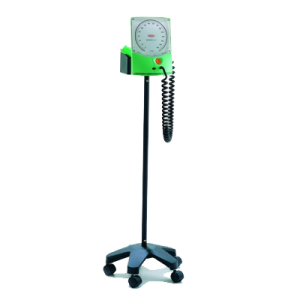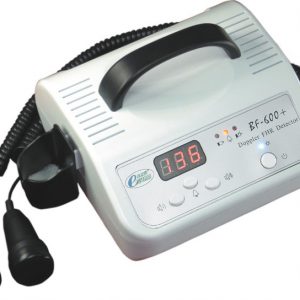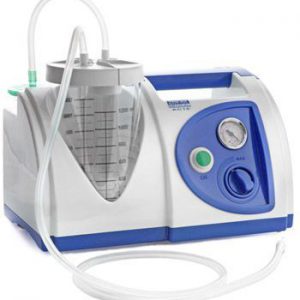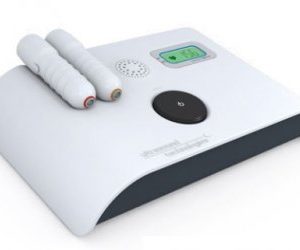Description
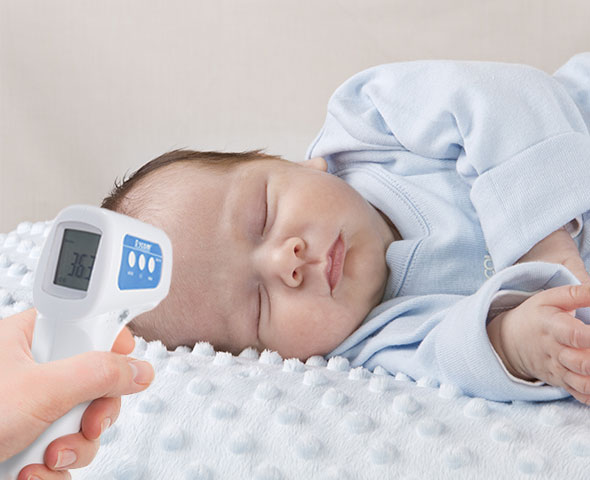
High Accuracy
Non-Contact Measurement
With bothering the baby and they feel no discomfort, the thermometer with high-end sensors is of high accuracy to detect and read the temperature within 1 second, with ±0.2℃ Tolerance.
There is an Easier Way to Measure Temperature.
Day or night, adult or baby, or even a pet dog, it is the perfect and quickest way to measure our families temperature, with no fess.
99.8% Pass Rate
Manufacturing is Taken Seriously at Berrcom.
We are sure to promise that your business with Berrcom is a smart choice. A good product comes from not only design but also manufacturing.
We select raw material from reliable suppliers to produce all parts and components for making a thermo.
With Quality Controlling system, we are confident to present you the perfect products.
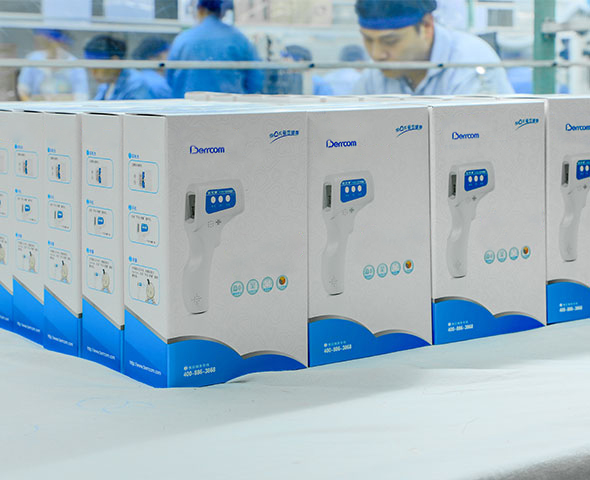
Unit size: 187*120*57 mm(LxWxH)
Unit weight(without battery): 80g
Temperature display resolution: 0.1C(0.1F)
Consumption: ≤300mW
Memory: 32 sets
Normal using condition:
Ambient temperature: 10°C ~ 40°C (50°F ~ 104°F)
Relative humidity: ≤85%
Audible alarm if temperature is more than 38°C (100.4°F)
It can be displayed in either Celsius or Fahrenheit
Longevity use 100,000 readings
Eliminates cross contamination
Hygienic and easy to use
Accuracy: ± 0.2°C
Response Time: 1 sec
Suggested Age: Newborn and Up
Automatic power-off: <30 secs
Temperature taking has never been easier with the Non-Contact Thermometer. The Rycom provides convenience, accuracy and precision when taking a temperature. With the push of a button, Rycom instantly and accurately takes a person’s temperature without the need of any physical contact. Simply point the Rycom at the patient’s forehead, click “Scan” and their temperature instantly will be displayed. Rycom also comes equipped with three different temperature taking modes; Body, Room and Surface temperature modes.
Measuring Distance: 3cm ~ 5cm (1.2in ~ 2in)
Measurement Range:
Body mode: 32°C ~ 42.9°C (89.6°F ~ 109.2°F)
Surface temp mode: 0°C ~ 60°C (32°F ~ 140°F)
Room mode: 0°C ~ 40°C (32°F ~ 104°F)
Precision:
32.0°C ~ 34.9°C (89.6°F ~ 94.8°F) ±0.3°C(±0.6°F)
35.0°C ~ 42.0°C (95°F ~ 107.6°F) ±0.2°C(±0.4°F)
42.1°C ~ 42.9°C (107.8°F ~ 109.2°F) ±0.3°C(±0.6°F)
อุณหภูมิปกติของร่างกายมนุษย์ (จากวิกิพีเดีย สารานุกรมเสรี)
อุณหภูมิแกน (ทวารหนัก หลอดอาหาร ฯลฯ)
ชนิดของอุณหภูมิร่างกาย
|
36.5–37.5 °C (98–100 °F) |
|
|
<35.0 °C (95.0 °F) |
|
|
>37.5–38.3 °C (100–101 °F) |
|
|
>37.5–38.3 °C (100–101 °F |
|
|
>40.0–41.5 °C (104–107 °F) |
อุณหภูมิปกติของร่างกายมนุษย์ (อังกฤษ: Normal human body temperature หรือ normothermia หรือ euthermia) คือระดับอุณหภูมิที่ขึ้นอยู่กับสถานที่ เวลา และ ระดับกิจกรรมที่ปฏิบัติ ของการวัดอุณหภูมิของร่างกาย แต่โดยทั่วไปแล้วเป็นที่ยอมรับกันว่า 37.0°C หรือ 98.6°F เป็นอุณหภูมิเฉลี่ยของอุณหภูมิปกติของร่างกาย อุณหภูมิ 36.8 ±0.7 °C หรือ 98.2° ±1.3 °F เป็นอุณหภูมิเฉลี่ยที่วัดใต้ลิ้น แต่อุณหภูมิที่วัดทางทวารหนัก หรือ วัดโดยตรงจากภายในร่างกายจะสูงกว่าเล็กน้อย
ในรัสเซียหรือในประเทศในอดีตสหภาพโซเวียตอุณหภูมิปกติของร่างกายเฉลี่ย 36.6°C หรือ 97.9°F โดยวัดจากใต้รักแร้ แกนอุณหภูมิของร่างกายของแต่ละคนมักจะลดต่ำสุดในช่วงที่สองของนอนหลับ ที่เรียกว่า “nadir” ซึ่งเป็นส่วนสำคัญของ
อ้างอิง[แก้]
- ↑ Karakitsos D, Karabinis A (2008). “Hypothermia therapy after traumatic brain injury in children”. N. Engl. J. Med. 359 (11): 1179–80. PMID 18788094. Unknown parameter |month= ignored (help)
- ↑ Marx, John (2006). Rosen’s emergency medicine: concepts and clinical practice. Mosby/Elsevier. p. 2239. ISBN 9780323028455.
- ↑ กระโดดขึ้นไป:
3.0 3.1 Axelrod YK, Diringer MN (2008). “Temperature management in acute neurologic disorders”. Neurol Clin. 26 (2): 585–603, xi. doi:10.1016/j.ncl.2008.02.005. PMID 18514828. Unknown parameter |month= ignored (help) - ↑ กระโดดขึ้นไป:
4.0 4.1 Laupland KB (2009). “Fever in the critically ill medical patient”. Crit. Care Med. 37(7 Suppl): S273–8. doi:10.1097/CCM.0b013e3181aa6117. PMID 19535958. Unknown parameter |month= ignored (help) - ↑ Manson’s Tropical Diseases: Expert Consult. Saunders Ltd. 2008. p. 1229. ISBN 1-4160-4470-1.
- ↑ Trautner BW, Caviness AC, Gerlacher GR, Demmler G, Macias CG (2006). “Prospective evaluation of the risk of serious bacterial infection in children who present to the emergency department with hyperpyrexia (temperature of 106 degrees F or higher)”. Pediatrics. 118 (1): 34–40. doi:10.1542/peds.2005-2823. PMC 2077849. PMID 16818546. Unknown parameter |month= ignored (help)
- ↑ Mackowiak, P. A. (1992-09-23). “A critical appraisal of 98.6 degrees F, the upper limit of the normal body temperature, and other legacies of Carl Reinhold August Wunderlich”. JAMA. 268 (12): 1578–1580. doi:10.1001/jama.268.12.1578. สืบค้นเมื่อ 2007-08-22. Unknown parameter |coauthors= ignored (|author= suggested) (help)
- ↑ Elert, Glenn (2005). “Temperature of a Healthy Human (Body Temperature)”. The Physics Factbook. สืบค้นเมื่อ 2007-08-22.

